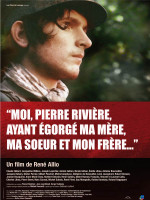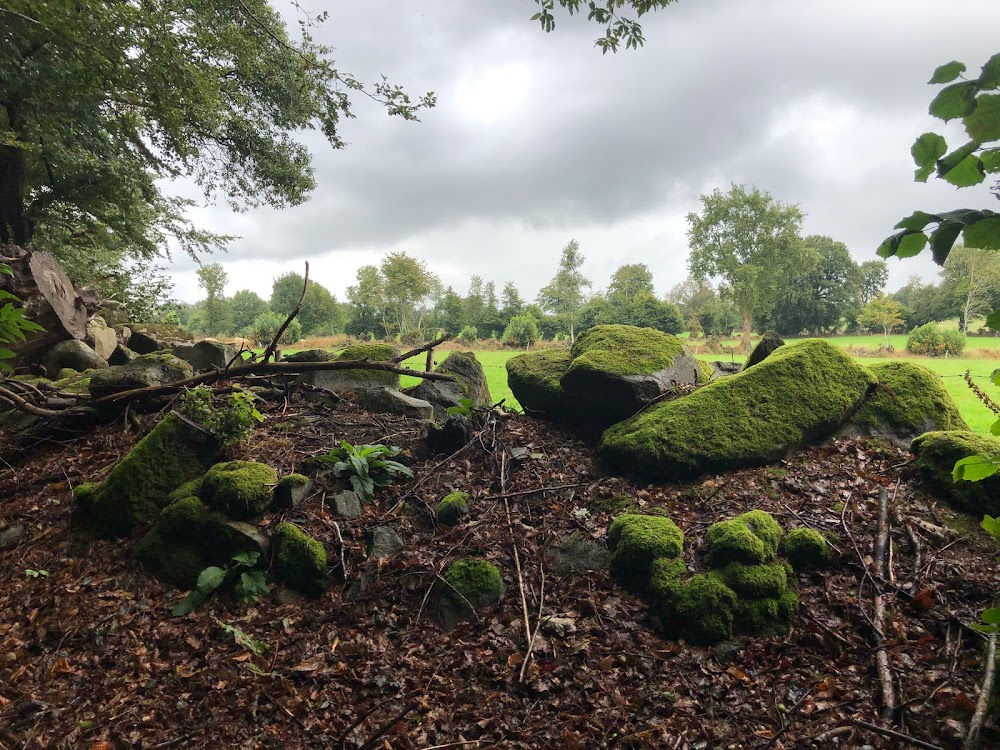Moi, Pierre Rivière, ayant égorgé ma mère, ma soeur et mon frère... Filming Locations

Where was Moi, Pierre Rivière, ayant égorgé ma mère, ma soeur et mon frère... filmed? Moi, Pierre Rivière, ayant égorgé ma mère, ma soeur et mon frère... was filmed in 4 locations across France in the following places:
Moi, Pierre Rivière, ayant égorgé ma mère, ma soeur et mon frère... Filming Locations
Athis-de-l'Orne is a former commune in the Orne department in northwestern France. On 1 January 2016, it was merged into the new commune of Athis-Val-de-Rouvre. The modifier "de l'Orne" was added to the name in 1968, to distinguish it from Athis in the departement of Marne and Athis-Mons in the departement of Essonne.
Flers is a commune in the Orne department in Normandy, France. The inhabitants are called Flériens.
Tinchebray is a former commune in the Orne department in the Lower Normandy region in north-western France. On 1 January 2015, Tinchebray and six other communes merged becoming one commune called Tinchebray-Bocage.
Caen is a port city and capital of Calvados department in northern France's Normandy region. Its center features the Château de Caen, a circa-1060 castle built by William the Conqueror. It stands on a hill flanked by the Romanesque abbeys of Saint-Étienne and Sainte-Trinité, which both date from the same period. The multimedia Mémorial museum is devoted to World War II, the 1944 Battle of Normandy and the Cold War.
Moi, Pierre Rivière, ayant égorgé ma mère, ma soeur et mon frère... (1976)
Based on documents compiled by leading French philosopher Michel Foucault, this unique and original film charts the gruesome events which took place in a Normandy village in 1835, when a young man, Pierre Rivière, murdered his mother, sister and brother before fleeing to the countryside. With a cast made up of real-life villagers from the area where the events took place, the detailed re-enactments and careful attention to the gestures of their ancestors serve to create an intense and sometimes disturbing atmosphere of hyper-realism. Details of the crime and of the trial that followed are told from varied perspectives, including the written confession of Pierre himself, and form a rich and complex narrative that interrogates the concepts of "truth" and "history".

